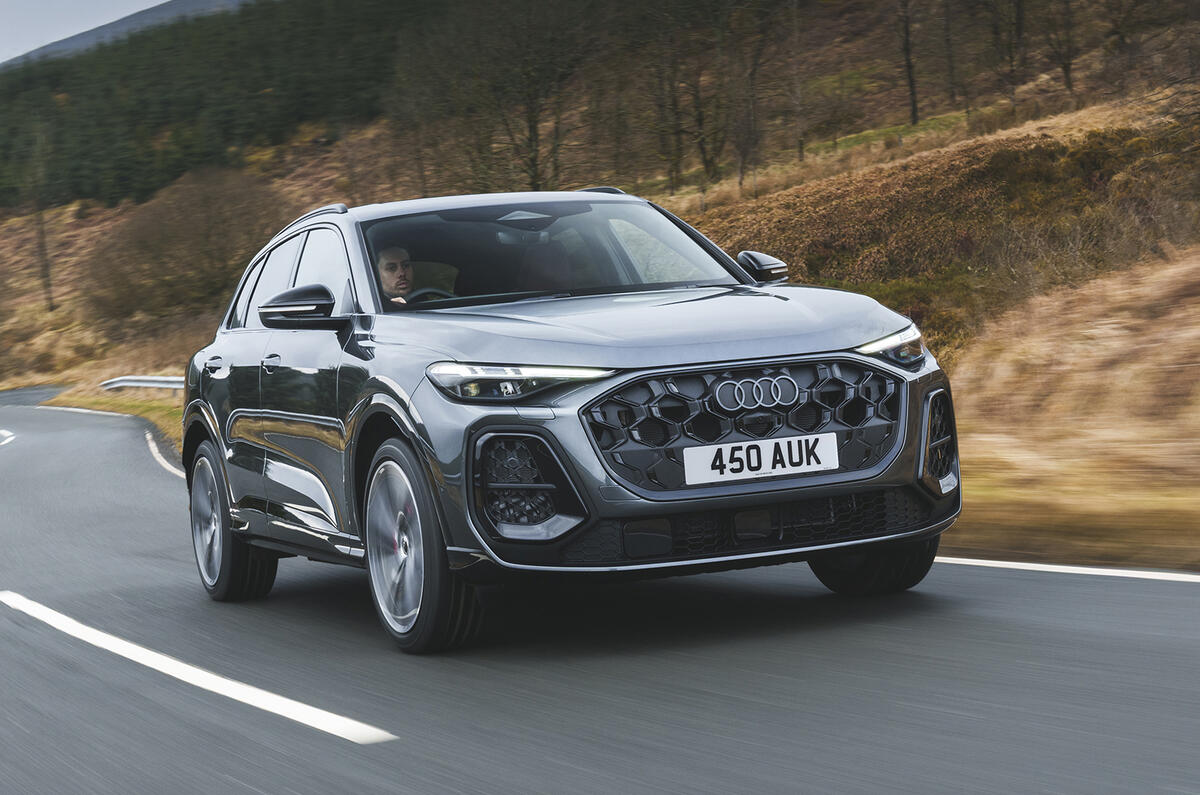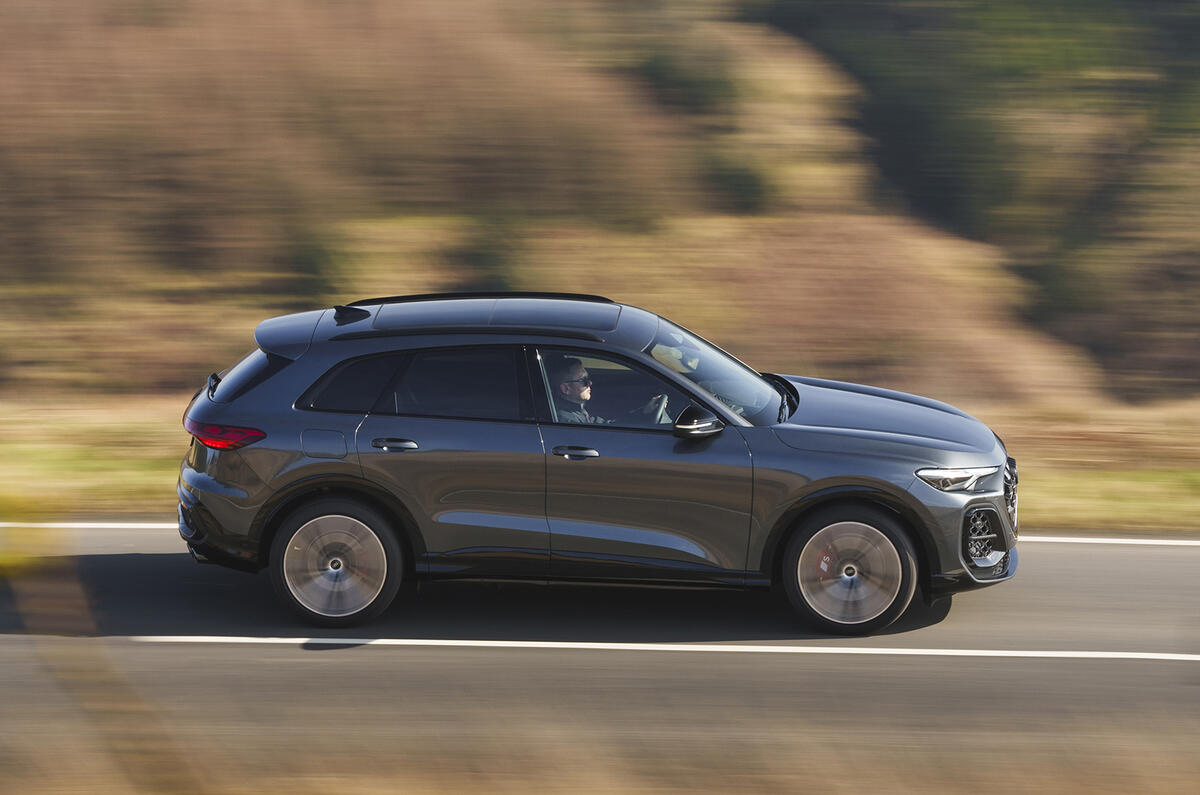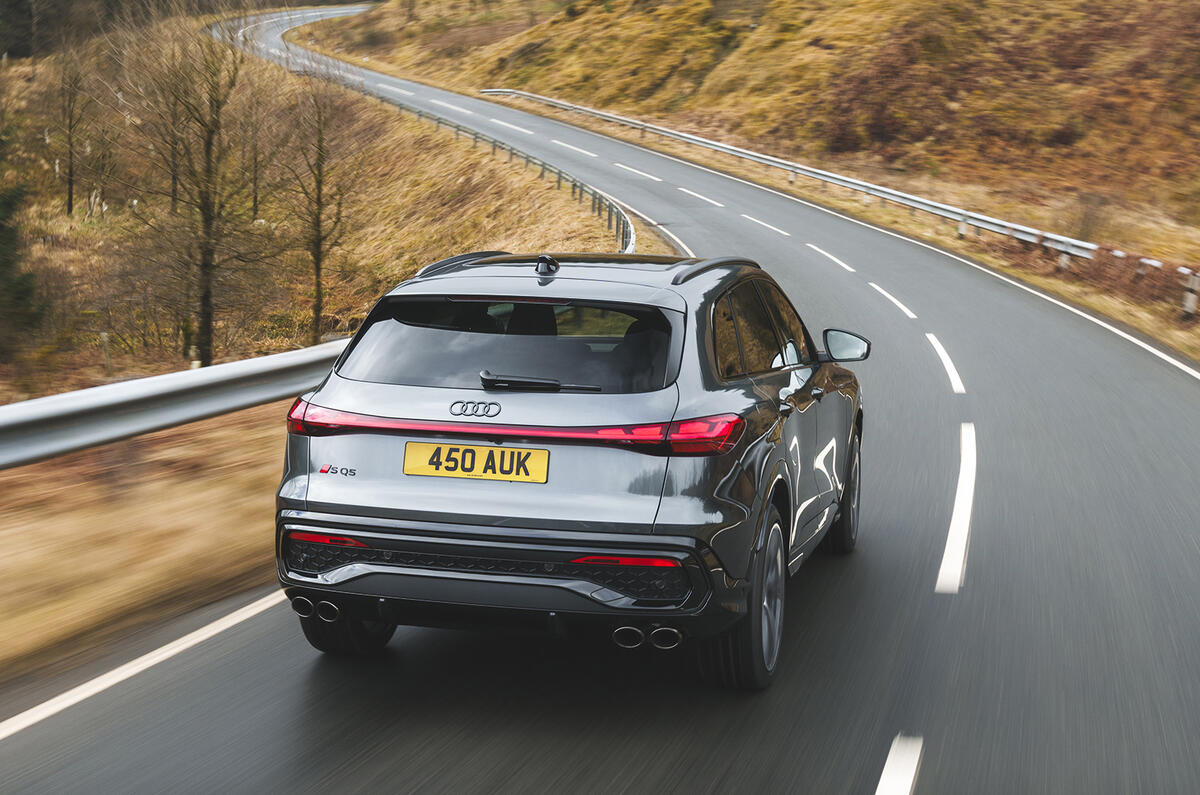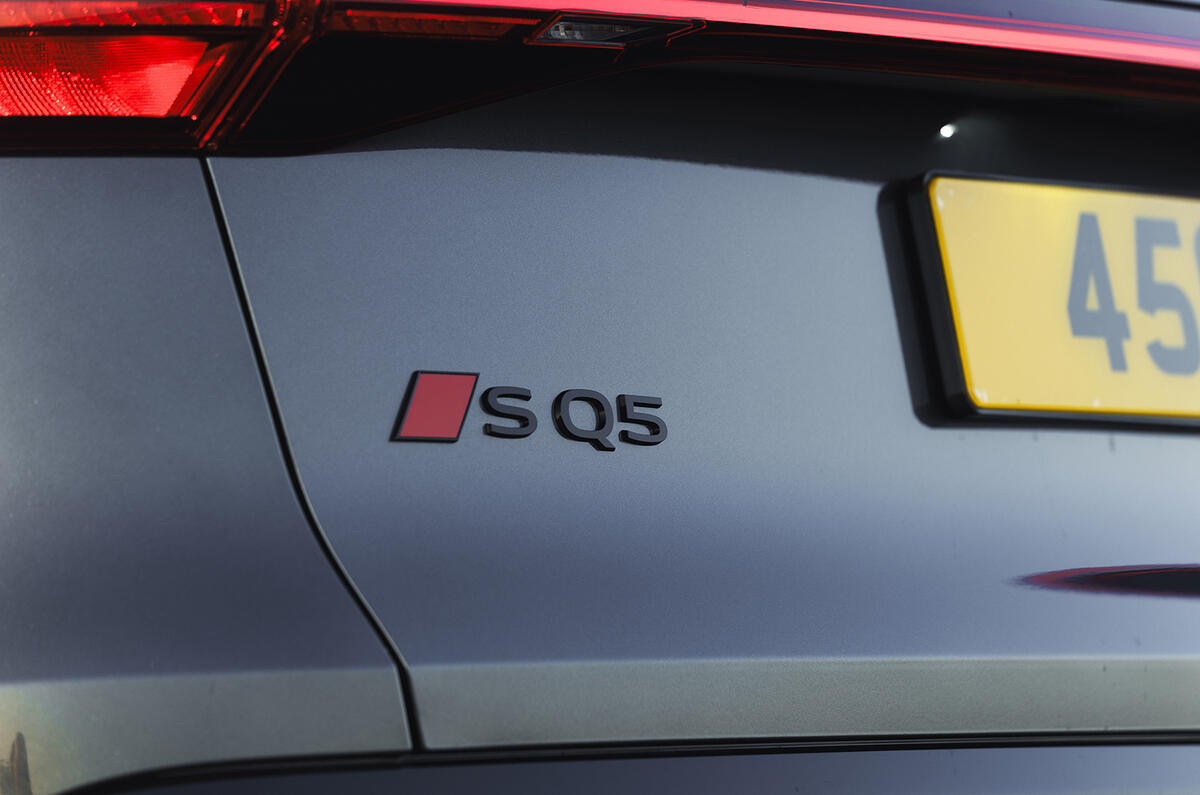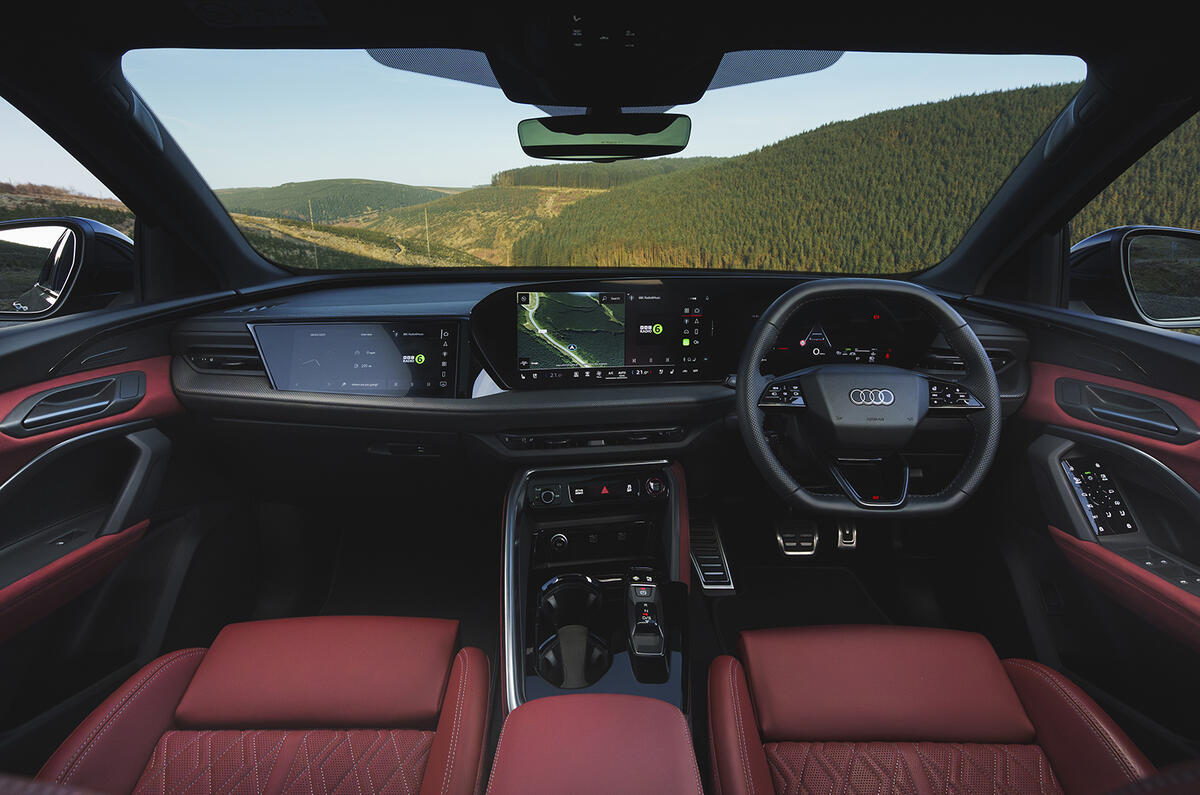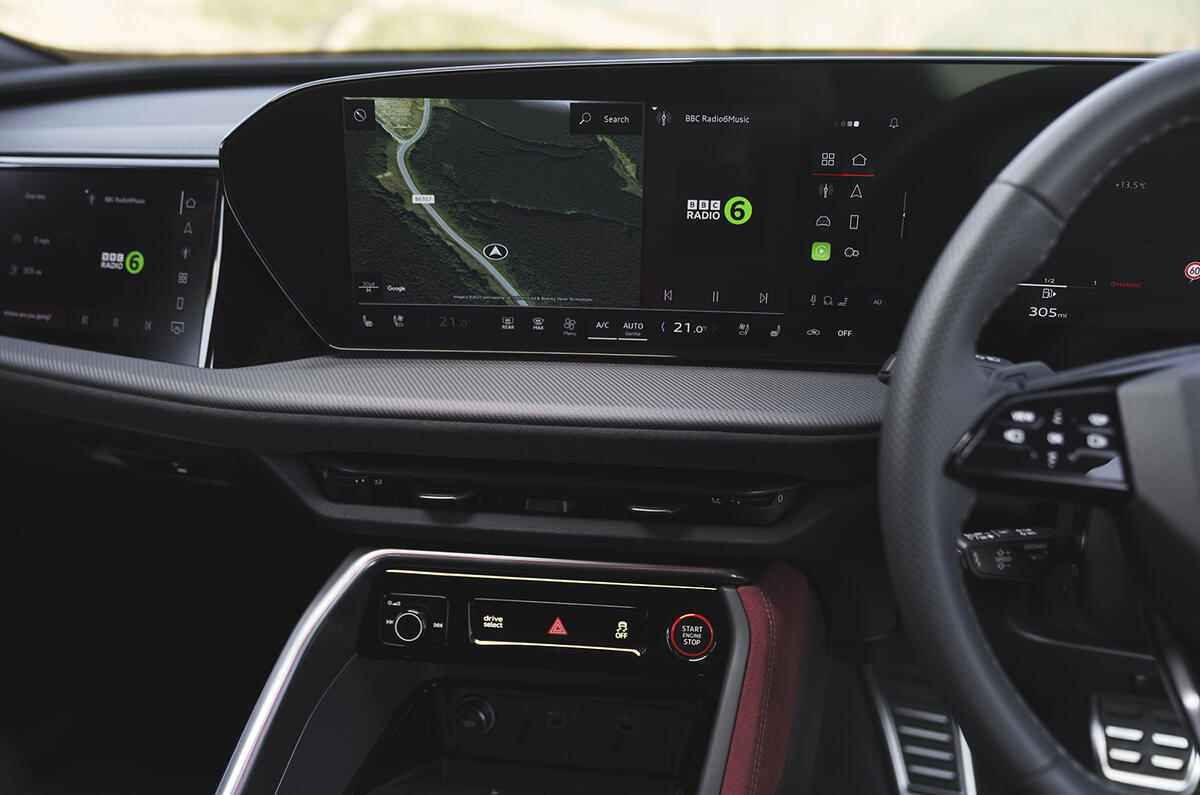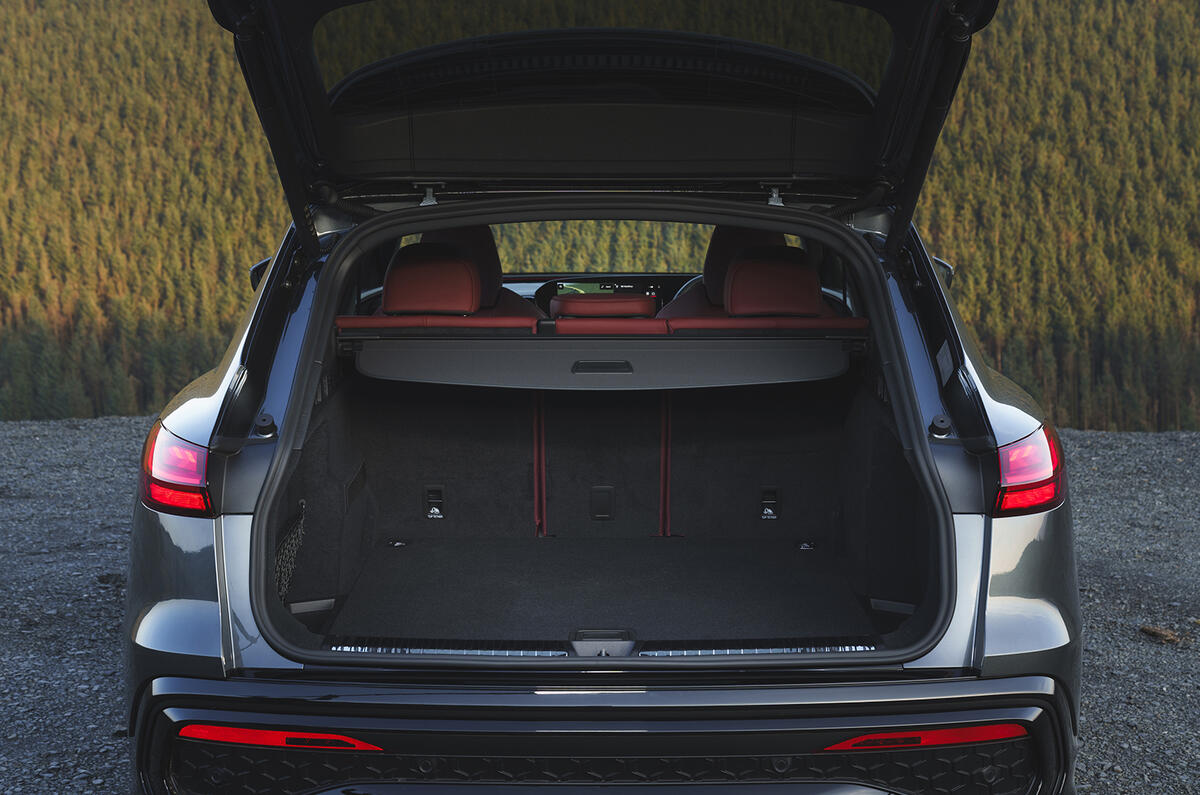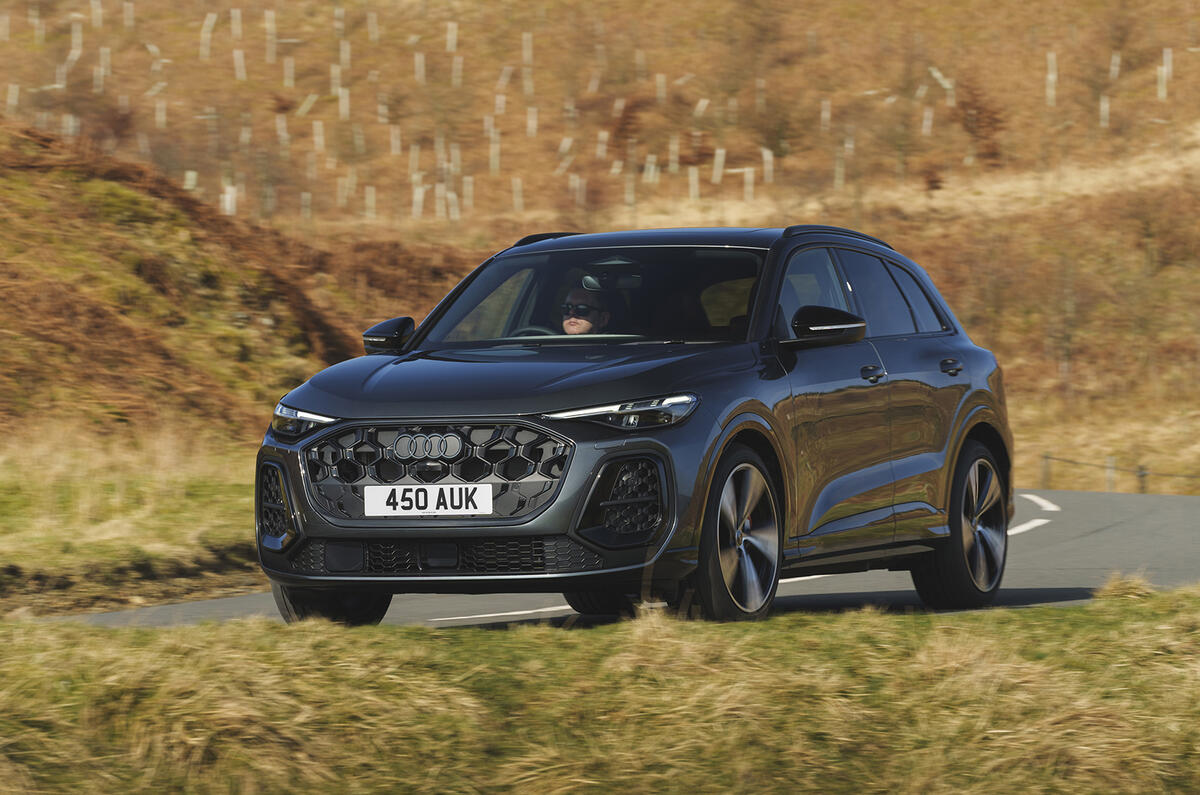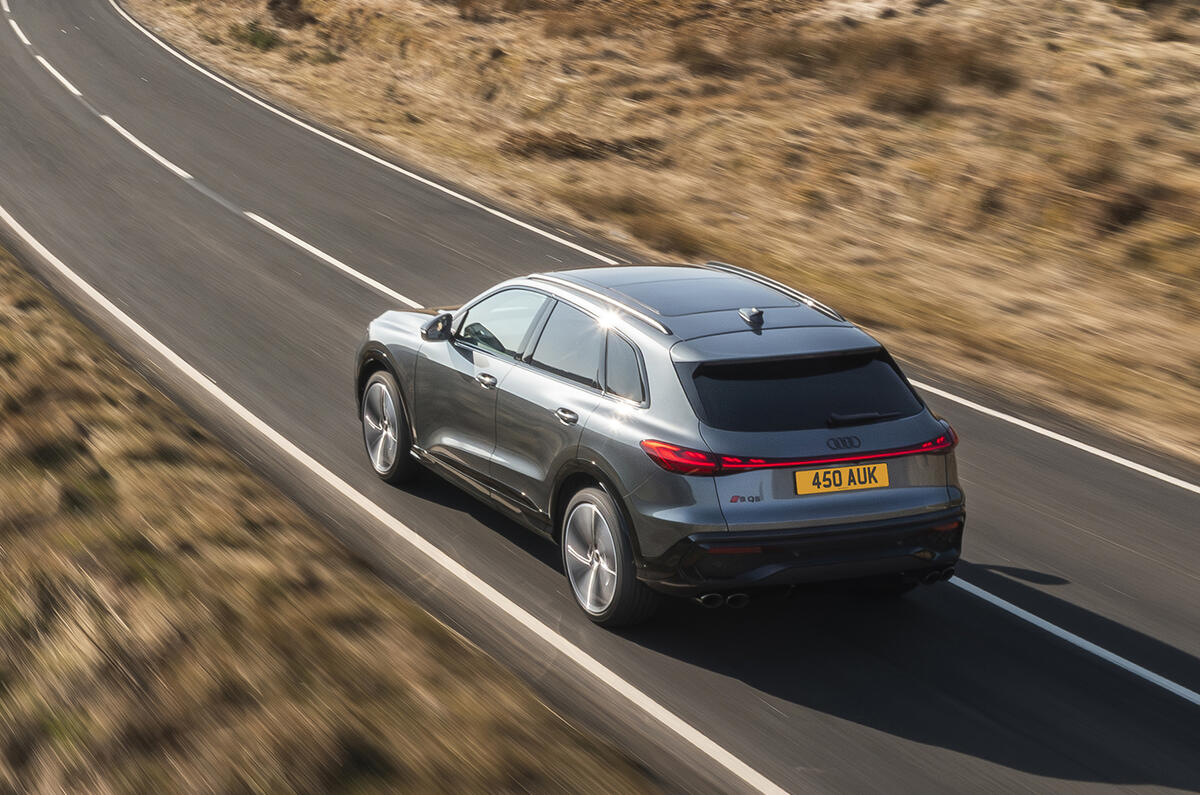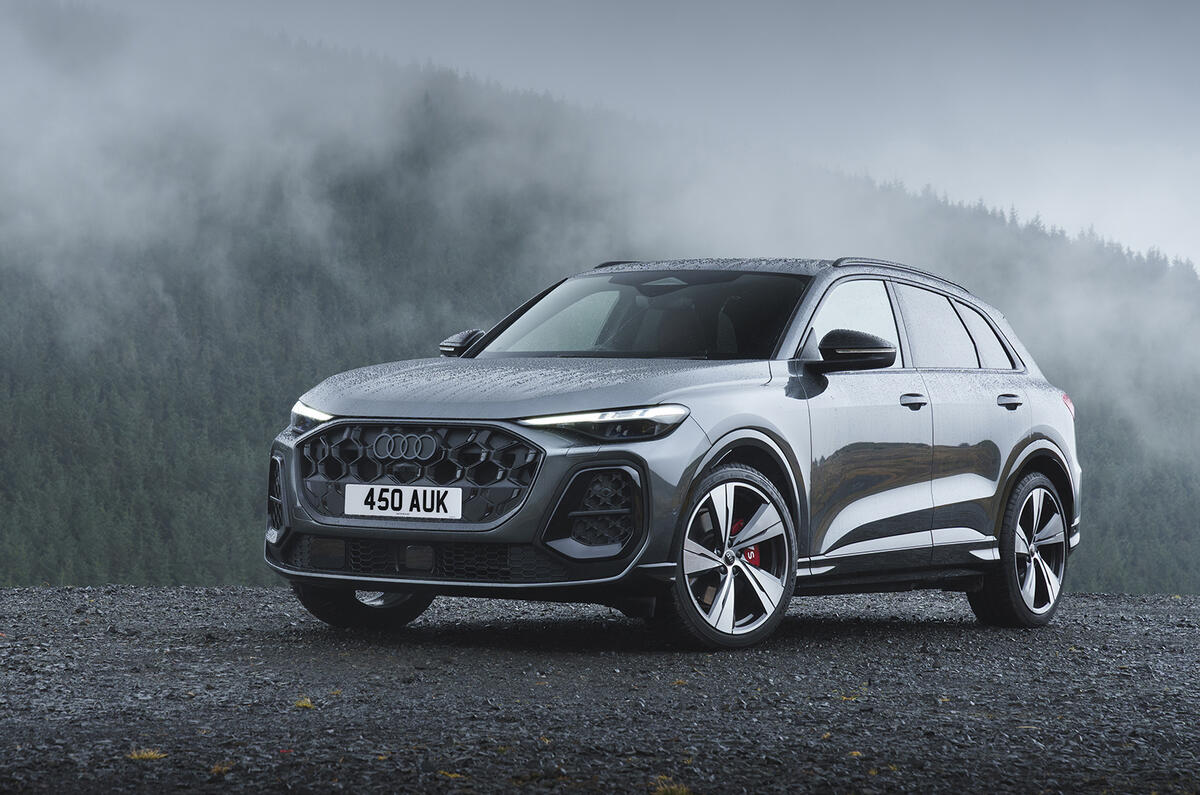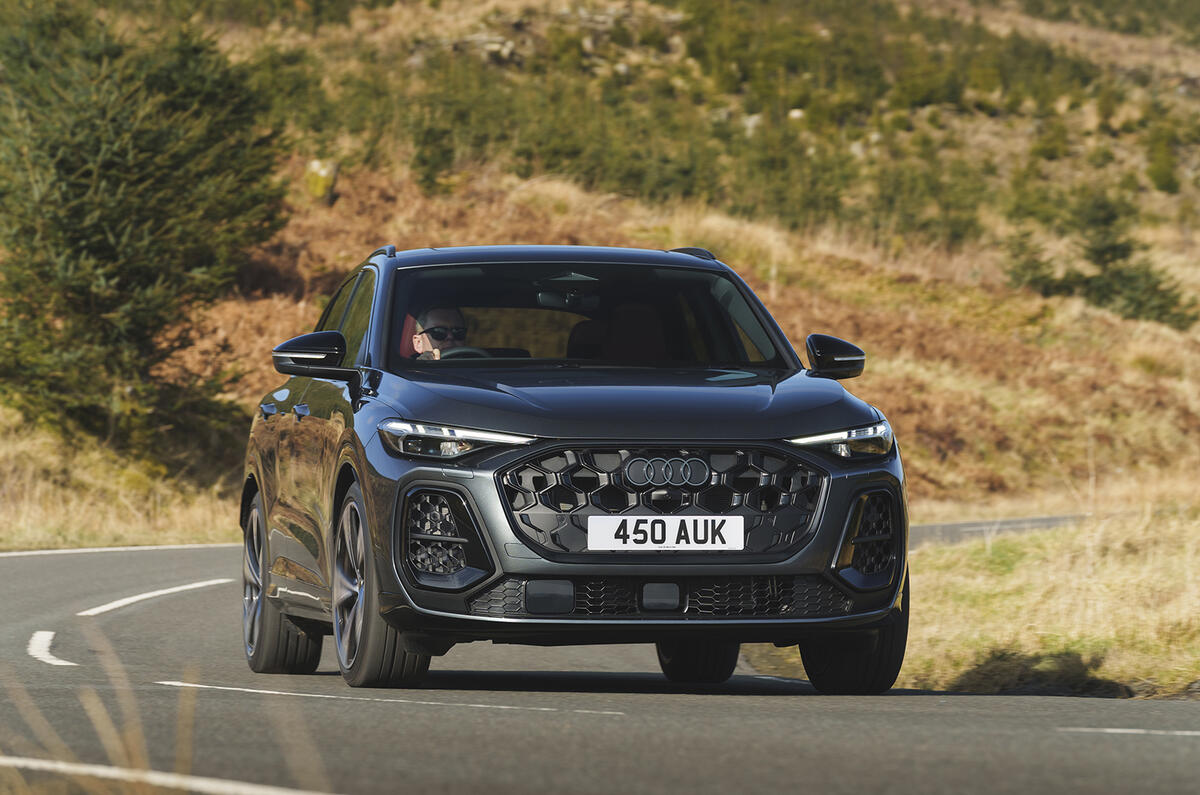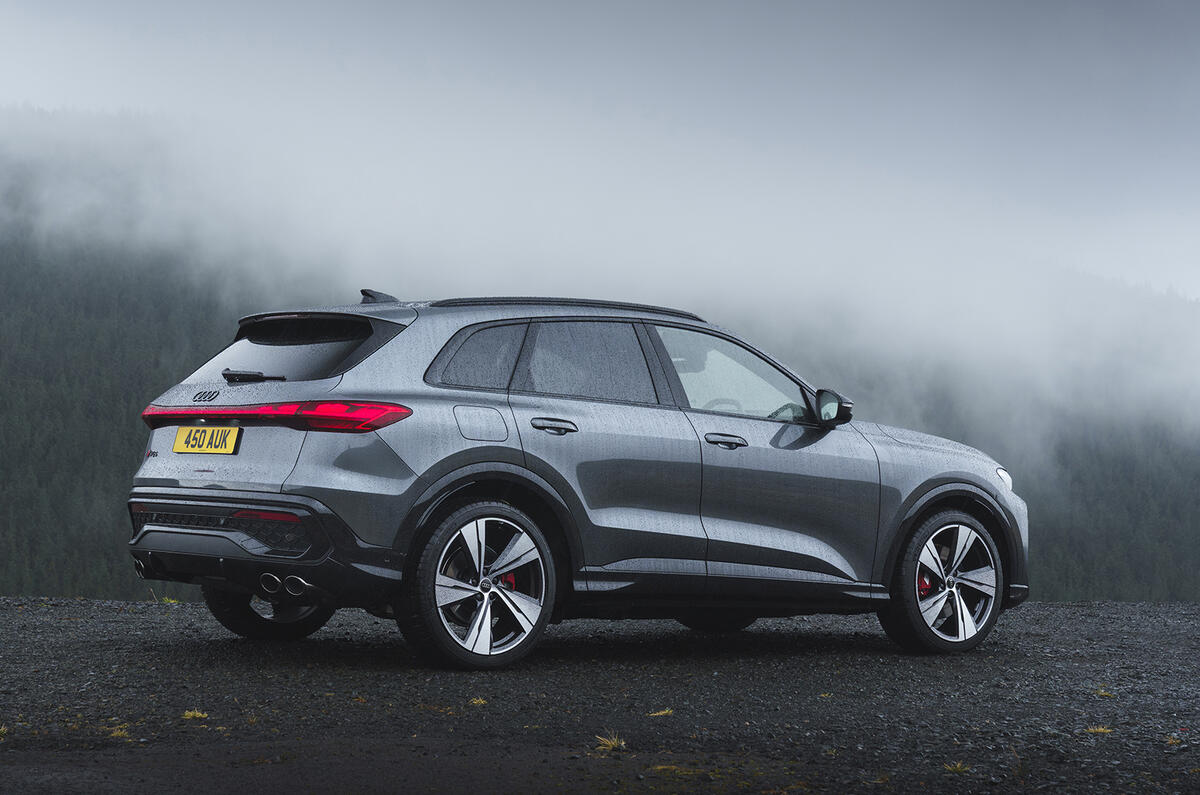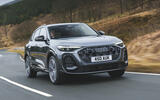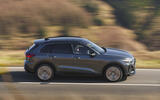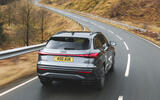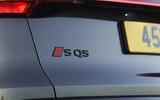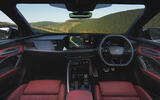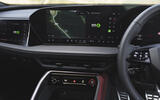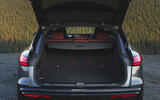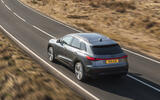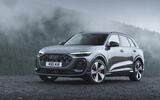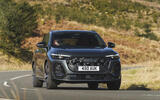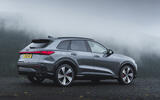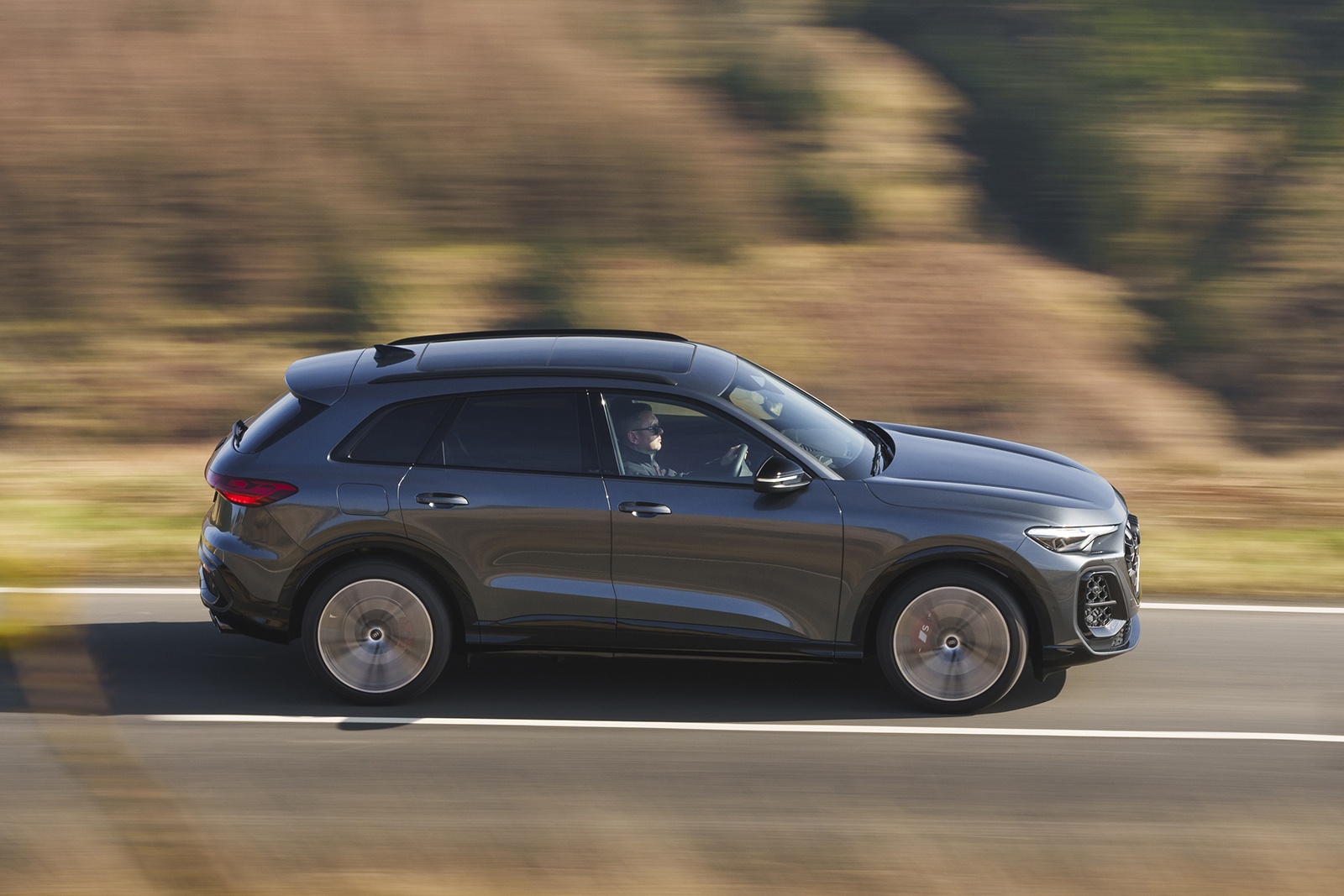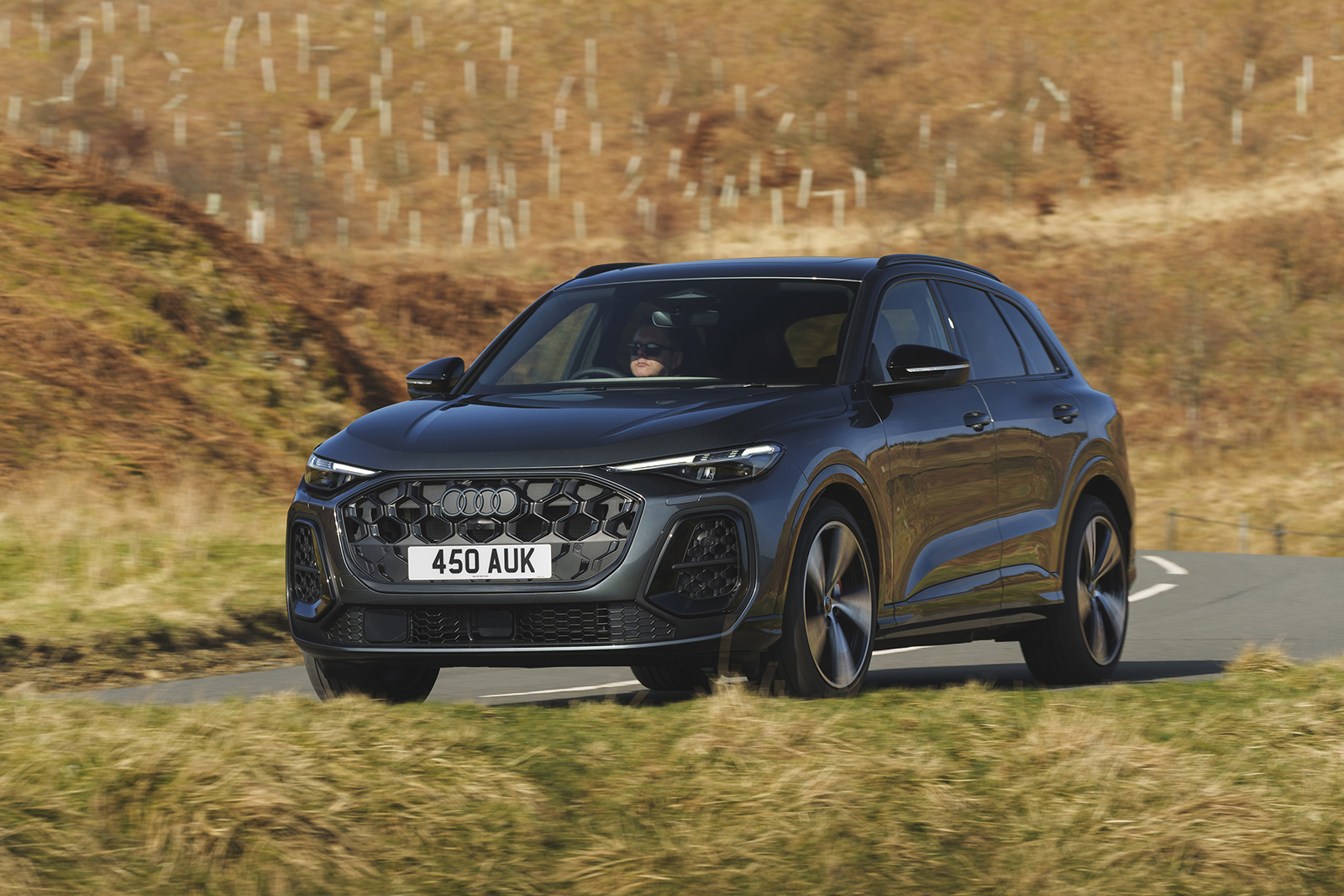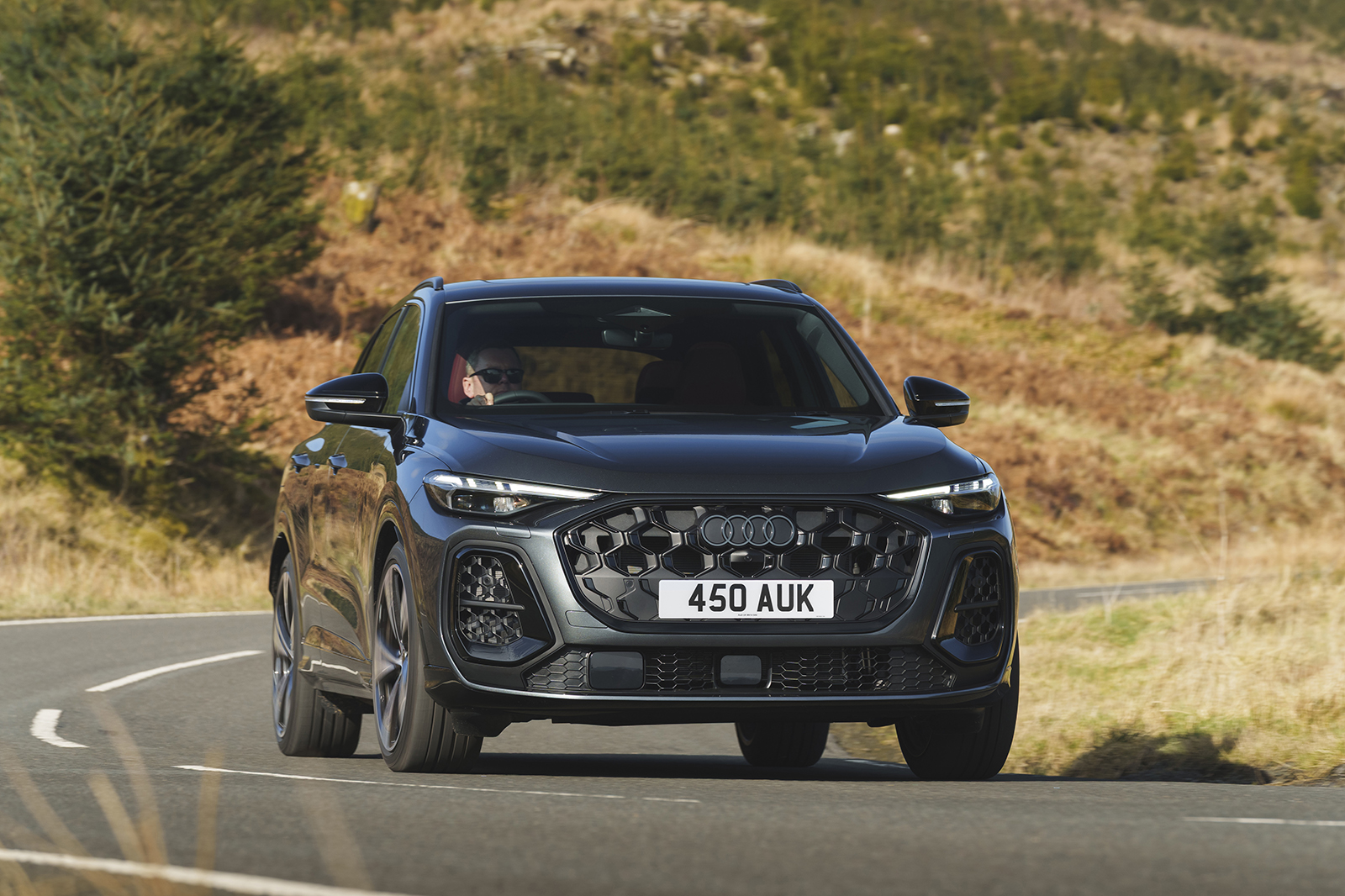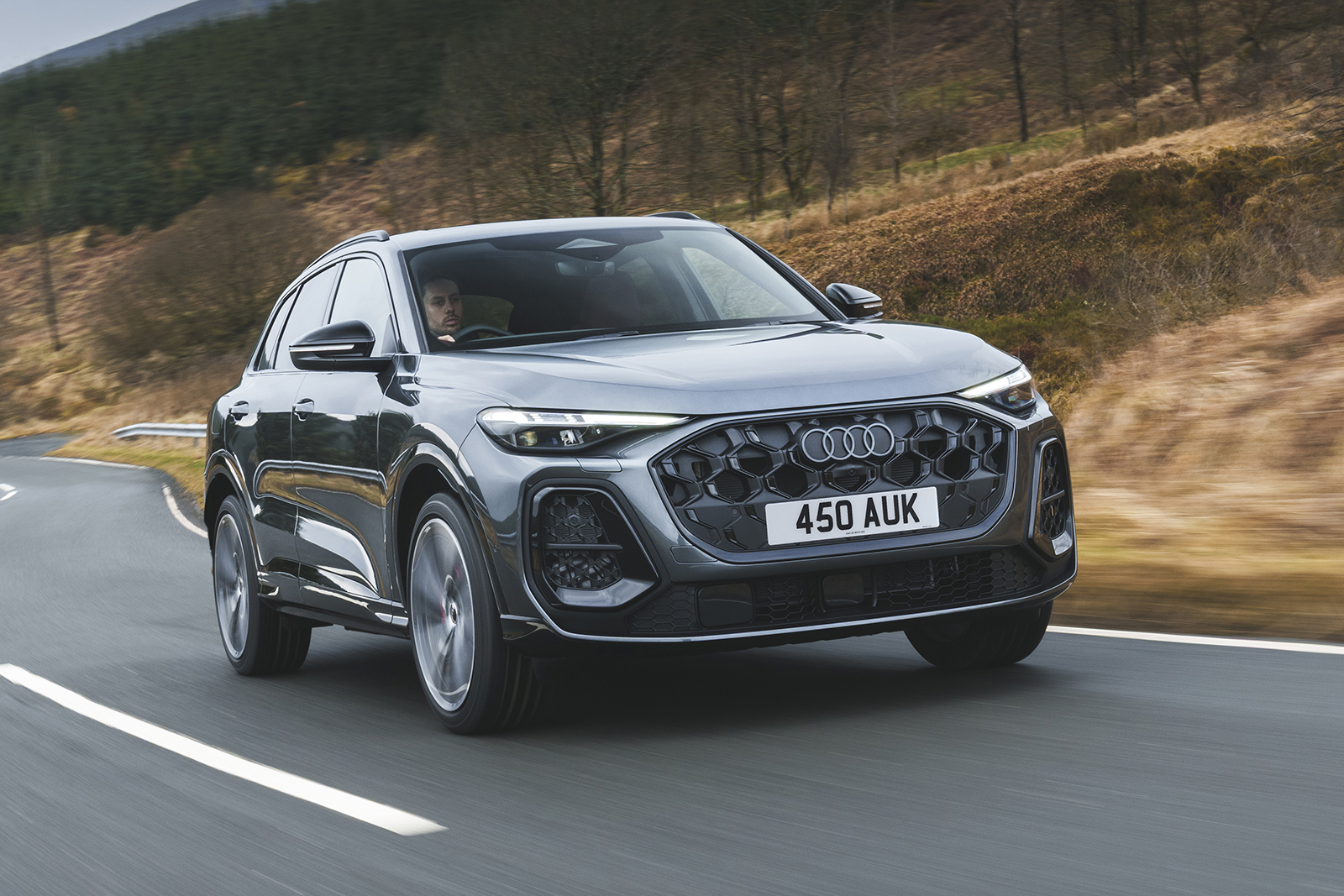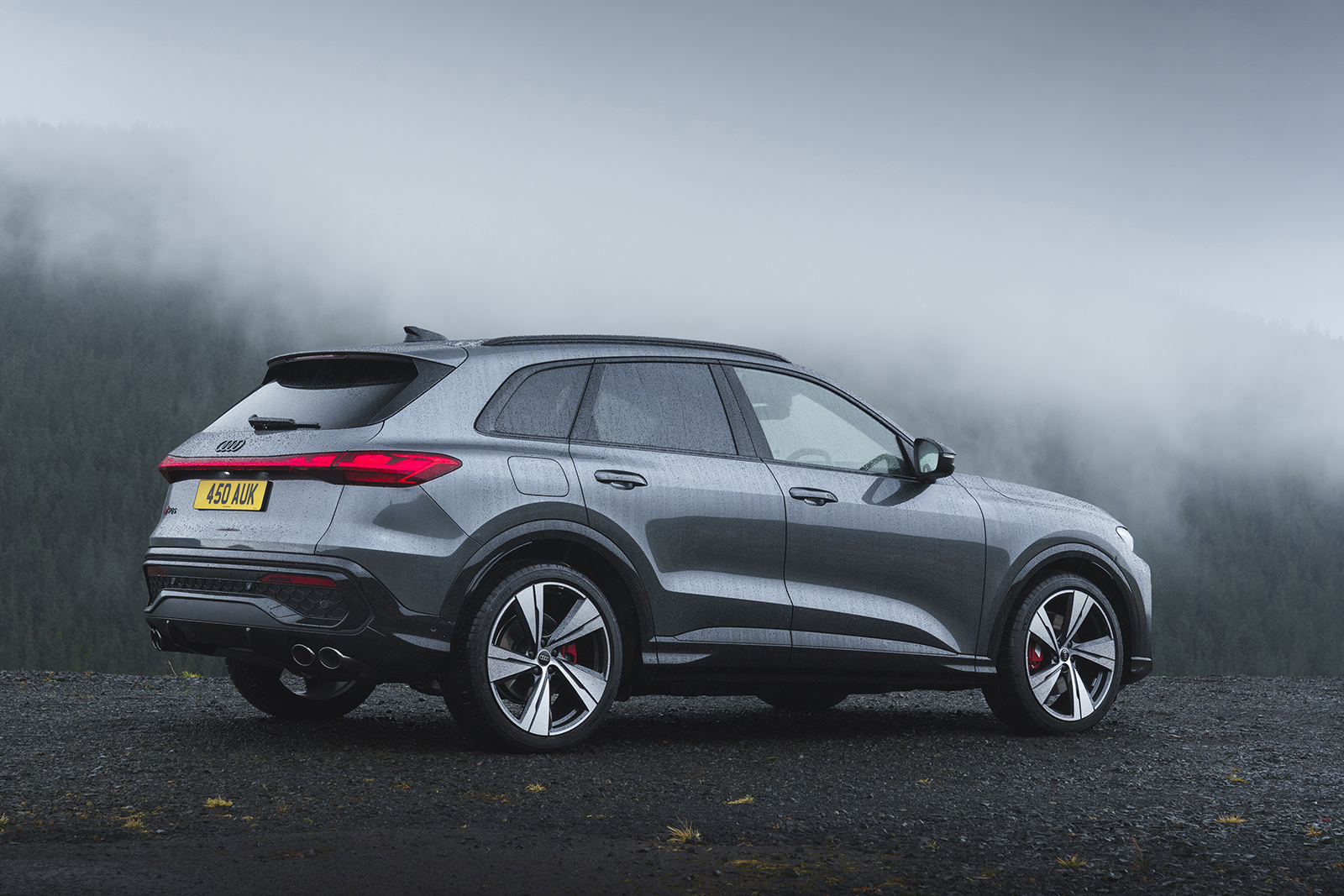Our testing of the new-generation Audi Q5 has highlighted a slip in class standards for the mid-sized SUV.
That the best-in-class model scores no higher than three-and-a-half stars says plenty about progress being made, or rather not being made, by the breed, the bread-and-butter Q5 itself notable only really for being new rather than any kind of leap forward.
In that context, it’s hard to get too excited by the Audi SQ5 performance version, the type of go-faster car that can typically push a middling breed in a direction that simply compromises it further.
Which admittedly is unlikely to make you too excited about the words to come on this page. Yet your eyes will probably already have already caught site of the rating at the top of the page: yep, four stars, and the SQ5 reveals itself to have plenty more sparkle about it than its donor car.
It would be a reach to say this ties up with Audi Sport returning to form, but this SQ5 is certainly good and much more of an S car than Audi’s latest electric cars.
Audi's electric S variants have been a touch meh – more of a trim level with a few nice bits, rather than the toned-down RS experience that we had all come to enjoy. Sure, the S6 E-tron is quicker than the regular Audi A6 E-tron, but with an EV, that's a bit 'so what?'. Plus it has a notably shorter range.
By contrast, the SQ5 is notably different to the regular Q5 and better than it as well in almost every area when you view it through the right lens. If you’re looking for a razor-sharp handling tool that can cheat physics to lap like a sports saloon around the Nurburging, you will remain disappointed. If you’re instead after an all-weather, all-scenario machine that seems to have been developed for you to enjoy everyday drives in a practical and comfortable package, read on.



